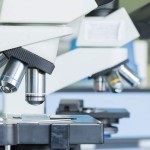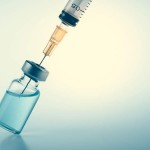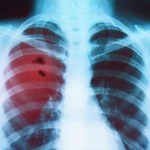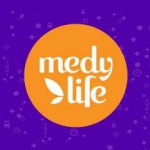Ichthyosis
Ichthyosis is a generalized, mostly genetic disorder of the skin. All types of ichthyosis have dry, thickened, scaly or flaky skin. There is no cure, but symptoms are usually mild and manageable with a daily skin care routine. The severity of symptoms can extremely vary, from the mildest types such as ichthyosis vulgaris which may be mistaken for normal dry skin up to life-threatening conditions such as harlequin type ichthyosis. The most common type of ichthyosis is ichthyosis vulgaris, accounting for more than 95% of cases.
Symptoms
The symptoms specific to each type of inherited ichthyosis are given below:
Ichthyosis vulgaris
The skin here appear normal during birth
It gradually begins before the age of one and is charcterized by dry, rough and scaly, usually before the age of one
Elbows, knees and the face are not usually affected
limbs may develop fine, light grey scales
The skin on the palms of the hands and the soles of the feet may have more lines than normal and be thickened
The child often also has eczema
Symptoms are more clear during winters
X-linked ichthyosis
Scales are present at or shortly after birth
Males are generally affected
May be associated with testicular disease
Lamellar ichthyosis
It is seen in babies
Here baby is covered in a thick membrane at birth, which is then shed
Scales are present which affects whole body
The child may also have drooping lower eyelids (ectropion)
Epidermolytic ichthyosis
The skin is moist, red and tender at birth with blistering
Thick scaling occurs as the baby grows
Acquired ichthyosis tends to develop in adulthood and is not inherited.
It's usually associated with another disease such as:
An underactive thyroid
kidney disease
lymphoma (a type of cancer)
HIV infection
Causes
Ichthyosis vulgaris is caused due to genetic mutation, inherited from one or both parents. It begins in early childhood.
Diagnosis
Ichthyosis is generally diagnosed by physical examination of the skin. Sometimes a family history is also very useful. A skin biopsy is also done at times to help to confirm the diagnosis.
Treatments
Doctor may prescribe moisturizers. Creams and ointments work better than lotions.These creams should be applied to moist skin immediately after bathing. One should use mild, non-drying soaps.
Moisturizing creams contains chemicals that help skin to shed normally, including lactic acid, salicylic acid, and urea.
References:
U S National Library of Medicine
NHS









